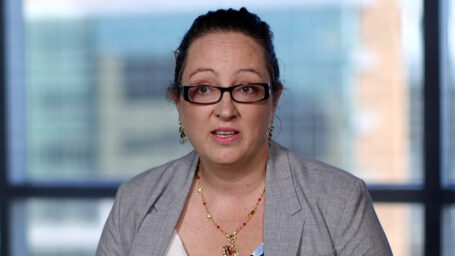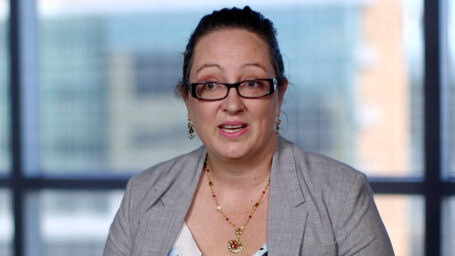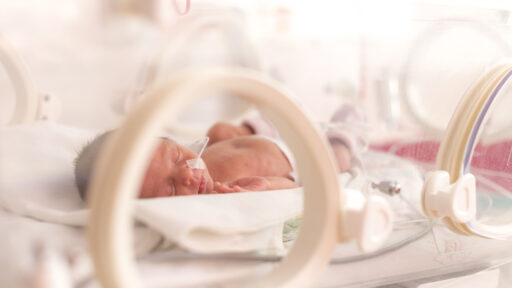Also called: SIDS
Your family history includes health information about you and your close relatives. Families have many factors in common, including their genes, environment, and lifestyle. Looking at these factors can help you figure out whether you have a higher risk for certain health problems, such as heart disease, stroke, and cancer.
Having a family member with a disease raises your risk, but it does not mean that you will definitely get it. Knowing that you are at risk gives you a chance to reduce that risk by following a healthier lifestyle and getting tested as needed.
You can get started by talking to your relatives about their health. Draw a family tree and add the health information. Having copies of medical records and death certificates is also helpful.
Centers for Disease Control and Prevention
Courtesy of MedlinePlus from the National Library of Medicine.
Syndicated Content Details:
Source URL: https://medlineplus.gov/familyhistory.html?utm_source=mplusconnect&utm_medium=service
Source Agency: National Library of Medicine
Sudden Infant Death Syndrome
Sudden infant death syndrome (SIDS) is the sudden, unexplained death of an infant younger than one year old. Some people call SIDS "crib death" because many babies who die of SIDS are found in their cribs.
SIDS is the leading cause of death in children between one month and one year old. Most SIDS deaths occur when babies are between one month and four months old. Premature babies, boys, African Americans, and American Indian/Alaska Native infants have a higher risk of SIDS.
Although the cause of SIDS is unknown, there are steps you can take to reduce the risk. These include:
- Placing your baby on his or her back to sleep, even for short naps. "Tummy time" is for when babies are awake and someone is watching
- Having your baby sleep in your room for at least the first six months. Your baby should sleep close to you, but on a separate surface designed for infants, such as a crib or bassinet.
- Using a firm sleep surface, such as a crib mattress covered with a fitted sheet
- Keeping soft objects and loose bedding away from your baby's sleep area
- Breastfeeding your baby
- Making sure that your baby doesn't get too hot. Keep the room at a comfortable temperature for an adult.
- Not smoking during pregnancy or allowing anyone to smoke near your baby
NIH: National Institute of Child Health and Human Development
Courtesy of MedlinePlus from the National Library of Medicine.
Syndicated Content Details:
Source URL: https://medlineplus.gov/suddeninfantdeathsyndrome.html?utm_source=mplusconnect&utm_medium=service
Source Agency: National Library of Medicine



